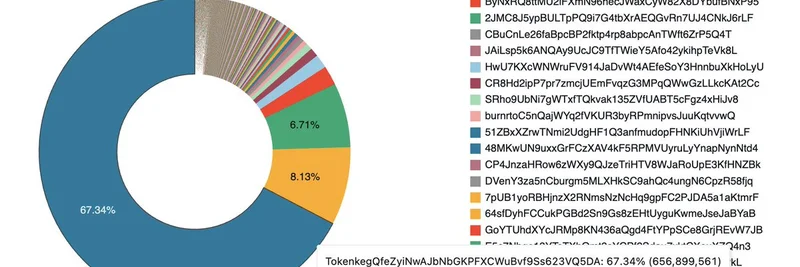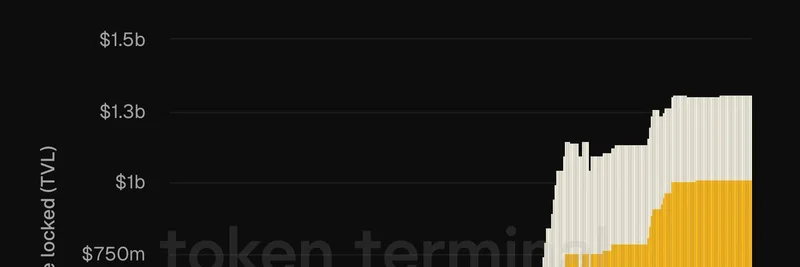If you've been diving into the Solana blockchain, you might have come across some eye-opening data about its account structure. A recent tweet from Waddah (@0xWaldrobi), a data expert at the Solana Foundation, highlights a fascinating statistic: nearly 67% of Solana's whopping 1 billion accounts are owned by the Token program. That's a huge chunk, and it translates to about 2 million SOL tied up in rent-exemption. For anyone in the meme token world, this isn't just trivia—it's a peek into the costs and mechanics that could affect your next launch or trade.
Let's break this down simply. On Solana, every piece of data—like your wallet balance or token holdings—lives in what's called an "account." Unlike Ethereum, where one address can hold multiple tokens, Solana requires separate associated token accounts (ATAs) for each token you own. The Token program (officially known as SPL Token program) manages these, which explains why it dominates the pie chart of account ownership.
As shown in the chart from the tweet, the Token program dwarfs others, holding 67.34% of accounts. Other notable owners include programs for NFTs, DeFi protocols, and more, but none come close. This setup keeps Solana fast and cheap, but it comes with a catch: rent-exemption.
Rent-exemption is Solana's way of managing storage costs. Accounts need to hold a minimum balance of SOL (based on their size) to be "rent-exempt," meaning they don't pay ongoing fees or risk deletion. With billions of accounts, especially from token holdings, a lot of SOL gets locked up just to keep things running. Waddah estimates this at 2 million SOL for token accounts alone—that's real money, folks, especially when SOL's price fluctuates.
For meme token creators and traders, this matters big time. Platforms like Pump.fun have made launching memes on Solana a breeze, leading to an explosion of tokens. Each new holder creates an ATA, bloating the account count and ramping up rent-exemption needs. If you're building a dApp, wallet, or protocol around memes, you might feel this "pain" Waddah mentions. High rent costs can eat into profits or force users to deposit more SOL, which isn't ideal for viral, low-barrier meme projects.
Waddah's call to chat with affected teams is spot-on. If your project is struggling with these fees, it could spark discussions on optimizations like account compression or future upgrades. Solana's community is always innovating—remember how ZK compression aims to reduce state bloat? This data underscores why such tech is crucial for sustaining the meme frenzy without breaking the bank.
In the replies, @0xOptimus calls it "neat data," and Waddah reveals they crunched it themselves since no tools had it ready. It's a reminder of how raw and evolving the blockchain space is. If you're into memes on Solana, keep an eye on account management trends—they could influence everything from token liquidity to user adoption.
Staying informed on these insights helps you navigate the wild world of meme tokens smarter. Whether you're hodling your favorite cat coin or plotting the next viral sensation, understanding Solana's under-the-hood mechanics gives you an edge.


